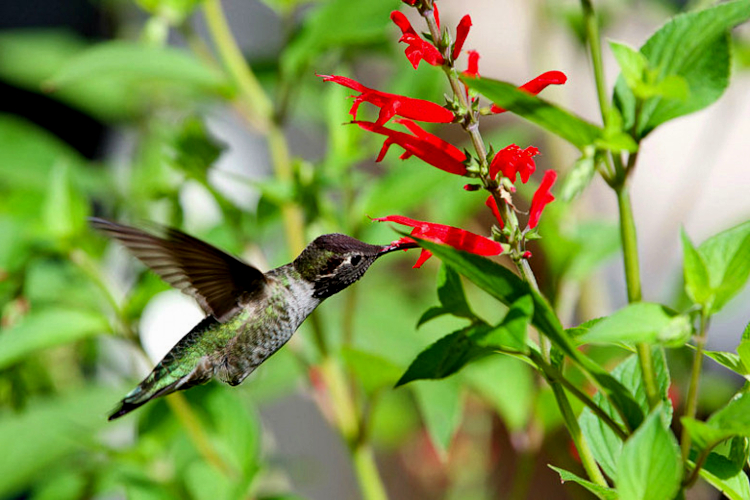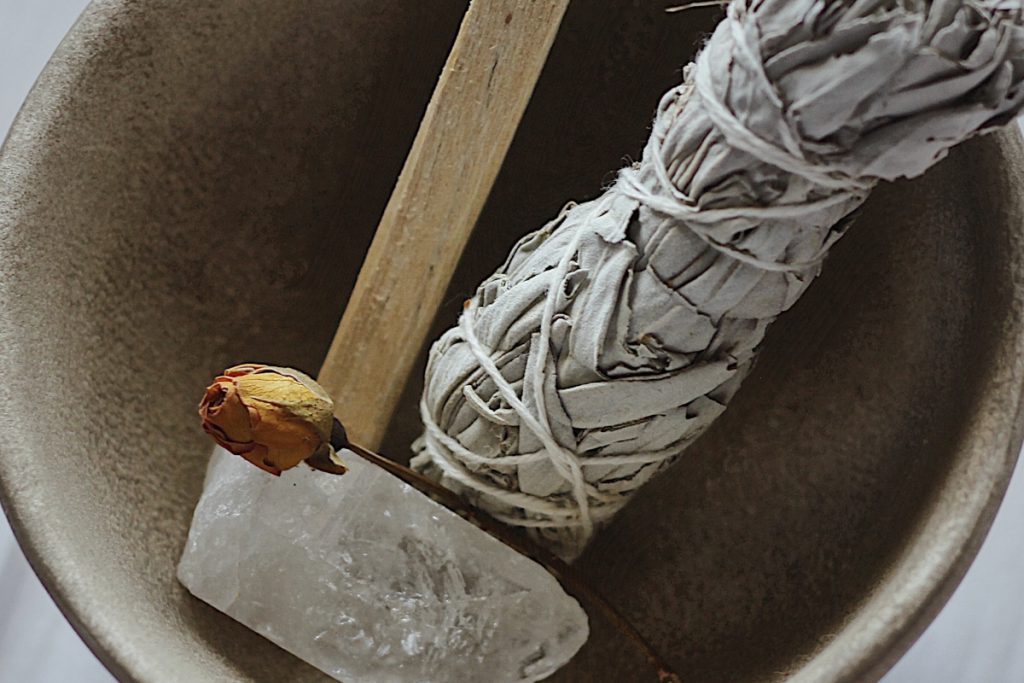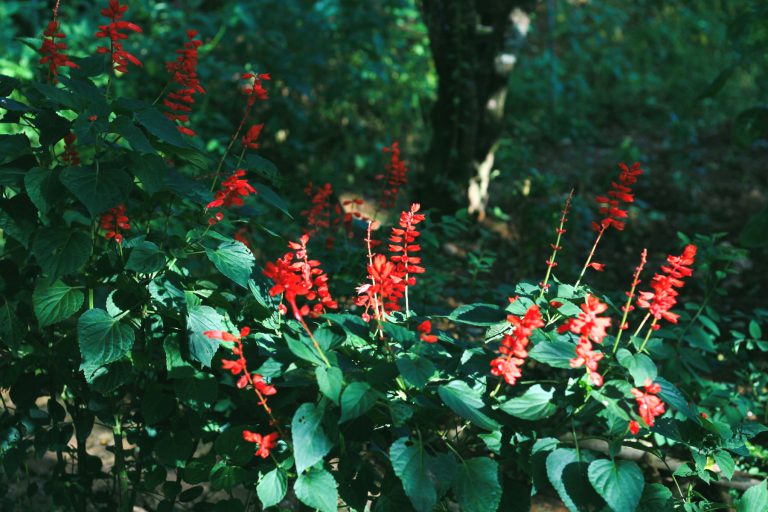Welcome to the world of pineapple sage uses, an extraordinary herb that not only adds beauty to your garden but also offers a myriad of practical applications. In this article, we’ll delve into the enchanting qualities of pineapple sage, discover pineapple sage culinary and medicinal applications, explore pineapple sage as a natural mosquito repellent, and even uncover its spiritual significance.
So, put on your gardening gloves and get ready to embark on a delightful journey with pineapple sage!
What Do You Do with Pineapple Sage?
Pineapple sage (Salvia elegans) is a versatile herb that can be utilized in various ways. Let’s explore some exciting possibilities:
- Culinary Delights: The leaves of pineapple sage possess a distinct pineapple fragrance, making them a delightful addition to both sweet and savory dishes. You can use the fresh leaves to infuse desserts, drinks, fruit salads, and even ice cream with a tropical twist. Try adding a few chopped leaves to your favorite salsa or salad for an unexpected burst of flavor.
- Fragrant Teas and Infusions: Steeping pineapple sage leaves in hot water creates a fragrant herbal tea. This aromatic infusion is known for its calming properties and can be enjoyed on its own or blended with other herbs for a unique flavor profile.
- Potpourri and Decorative Crafts: Pineapple sage leaves can be dried and used in potpourri mixes, adding a refreshing and uplifting scent to your home. You can also incorporate them into homemade candles, soaps, or sachets for a touch of natural beauty.
- Floral Arrangements: The vibrant red flowers of pineapple sage make stunning additions to floral arrangements. Use them to add a pop of color and a hint of pineapple fragrance to your bouquets and centerpieces.
Pineapple sage (Salvia elegans) and regular sage (Salvia officinalis) are both members of the Salvia genus, but they have distinct characteristics that set them apart.

While regular sage is known for its earthy and savory flavor, pineapple sage offers a unique twist with its delightful pineapple fragrance and taste. The leaves of regular sage are typically gray-green and have a fuzzy texture, whereas pineapple sage leaves are bright green and smooth.
In terms of appearance, regular sage produces small, purple-blue flowers, while pineapple sage showcases vibrant red blooms that attract pollinators. Culinary uses for regular sage often involve seasoning meats and savory dishes, while pineapple sage is favored for adding a tropical flair to desserts, drinks, and fruit salads.
Does Pineapple Sage Repel Mosquitoes?
While pineapple sage is primarily loved for its culinary and ornamental qualities, some claim that it has mosquito-repellent properties.
There have been lots of studies into exactly how mosquitos are attracted to humans (of particular interest to me personally, because they always seem to target me!). Researchers recently found that mosquitos have a receptor that makes them attracted to both carbon dioxide in human breath and also skin odors.
The pineapple sage herb emits a pleasant aroma that can mask human scents, but it does not contain the known chemicals that block mosquito receptors, so it is not currently recommended as a mosquito repellent.
Instead of using pineapple sage to repel mosquitos, we recommend other approved preventive measures like wearing long sleeves, using mosquito nets, and using approved insect repellents.
What Are the Benefits and Side Effects of Pineapple Sage Uses in Tea?
Pineapple sage tea offers more than just a delightful aroma—it also provides potential health benefits amongst the other pineapple sage uses. However, it’s essential to be aware of potential effects and side effects.
Benefits of Pineapple Sage Tea:
- Relaxation and Stress Relief: Pineapple sage tea is known for its calming properties and is often used as a natural remedy for stress and anxiety. Its soothing effects may help promote relaxation and mental well-being.
- Digestive Aid: Pineapple sage tea is believed to aid digestion, alleviate bloating, and support healthy bowel movements. It can be particularly helpful after a heavy meal or when experiencing mild digestive discomfort.
Potential Side Effects of Pineapple Sage Tea:
- Allergic Reactions: Some individuals may be allergic to sage or related plants, so it’s important to exercise caution if you have known allergies. If you experience any adverse reactions, such as skin rashes or difficulty breathing, discontinue use and consult a healthcare professional.
- Interactions with Medications: As with any herbal remedy, it’s advisable to consult with a healthcare provider before incorporating pineapple sage tea into your routine, especially if you are taking medications or have pre-existing medical conditions.
How Do You Dry Pineapple Sage for Tea?
Drying pineapple sage leaves is a simple process that allows you to preserve their aromatic qualities for making flavorful tea. Here’s a step-by-step guide on how to dry pineapple sage leaves.
Harvesting: Choose healthy pineapple sage leaves from your plant. It’s best to pick them in the morning after the dew has dried, but before the sun gets too hot.
Cleaning: Gently wash the leaves to remove any dirt or debris. Pat them dry with a clean towel.
Bundling: Gather a small bunch of leaves and tie them together with a string or rubber band. Keep the bundle loose to allow air circulation.
Hanging: Hang the bundles upside down in a well-ventilated area away from direct sunlight. A dry room or a shaded spot outdoors works well. Make sure there’s enough space between the bundles to promote air circulation.
Drying Time: It typically takes about 1 to 2 weeks for the pineapple sage leaves to dry completely. You’ll know they’re ready when they feel crisp and brittle to the touch.
Storage: Once dry, remove the leaves from the stems and store them in an airtight container away from light, heat, and moisture. Label the container with the date to keep track of freshness.
To make pineapple sage tea, simply steep a teaspoon of dried leaves in a cup of hot water for 5 to 10 minutes. Enjoy the soothing aroma and delightful flavor of this homemade herbal infusion.
Remember to consult a healthcare professional before incorporating herbal teas into your routine, especially if you have any existing health conditions or are taking medications.
What Is the Spiritual Meaning of Pineapple Sage?
Pineapple sage holds spiritual significance for many cultures around the world. It is slightly different to the symbolism and meaning of traditional edible pineapples.
It is associated with qualities such as healing, protection, and positive energy. Some believe that the vibrant red flowers represent passion and transformation.

In spiritual practices, pineapple sage can be used in various ways:
In Cleansing Rituals: Burning dried pineapple sage leaves can be part of a cleansing ritual to clear negative energies from a space or an individual. The smoke is believed to purify and refresh the environment.
As a Meditation Aid: The sweet aroma of pineapple sage can help create a serene atmosphere during meditation or spiritual practices. The herb is said to enhance focus and deepen the connection with one’s inner self.
For Symbolism in Home Altars: Including a live pineapple sage plant or dried leaves in a home altar or sacred space can symbolize protection, healing, and the cultivation of positive energy.
Pineapple sage is more than just an enchanting herb—it’s a versatile plant that offers culinary delights, soothing teas, and even spiritual significance. So, whether you’re a gardening enthusiast, a culinary adventurer, or a spiritual seeker, pineapple sage is a delightful addition to explore in your garden.
Embrace its vibrant color, aromatic fragrances, and the countless ways it can bring joy and practicality into your life.
Growing Your Own
Growing your own pineapple sage (Salvia elegans) can be a rewarding and enjoyable experience, especially since it’s hard to find in regular stores. This herb thrives in warm climates and requires full sun to partial shade. It prefers well-drained soil that is rich in organic matter.
If you’re a budding gardener, there are plenty of places you can buy seeds or young plants online. Follow a botanical guide like this one and you’ll have your own pineapple sage in no time.
Right now you can find some independent sellers offering both pineapple sage seeds and plants for sale on sites like Etsy here. Remember to support local and independent producers whenever you can.



0 Comments